Tom's Guide Verdict
There is a lot to like about the MMX 300 Pro. Spend big, and you get a pair of headphones that are practically as good as it gets for gaming, with a microphone that surpasses the average for headsets. The headset places emphasis on clarity and accuracy thanks to the audiophile-standard drivers used on Beyer’s studio headphones and the broad 5 to 40,000hz range. However, when compared to the other best-in-class gaming headsets like the Audeze Maxwell or SteelSeries Arctis Nova Pro, you can start to feel a little shortchanged by the lack of features.
Pros
- +
Simple and sleek design
- +
Comfortable fit
- +
Excellent in-game performance
- +
Audiophile drivers
Cons
- -
Expensive
- -
Muffled microphone
- -
Light on features
Why you can trust Tom's Guide
With the amount of great options available, it can be hard to imagine spending $300 on your next gaming headset. The Beyerdynamic MMX 300 Pro ($299) pulls off an impressive combination of comfort and quality that makes it a sumptuous audio option for gaming, if you can stomach the price.
The depth of sound exhibited by the headset meant I was able to be fully immersed into even the most demanding games. Whether it's a soaring orchestral soundtrack or an all-guns-blazing firefight, you can savor every single detail with the MMX 300 Pro thanks to the increased frequency range of 5 - 40,000Hz and solid noise cancellation. A slick design and a snug fit are the icing on the cake.
Sadly, the main issue is the price — at nearly $300, I would have liked to see some additional features. The microphone just isn't good enough to justify the price, despite performing slightly better than other headset mics I have tested it doesn’t surpass some of the cheapest standalone microphones in quality. With other premium headsets like the Audeze Maxwell ($299) and the SteelSeries Arctis Nova Pro ($299) boasting arguably superior sound quality, on top of wireless designs, it raises some eyebrows as to whether the MMX 300 Pro has earned its price tag for a wired headset.
The MMX 300 Pro is, on a technical level, still one of the best gaming headsets out there, particularly if you’re looking for something that performs well for music and movies on top of gaming. However, the lack of bang for your buck sadly makes the headset harder to recommend over more affordable headsets like the SteelSeries Arctis Nova 5 ($129).
Read on for my full Beyerdynamic MMX 300 Pro review.
Beyerdynamic MMX 300 Pro review: Cheat Sheet
- What is it? A high-end headset that is nearly as good for multimedia as it is for gaming
- Who is it for? Gamers who are prepared to spend big
- What does it cost? A massive $299 / £259, even higher if you opt for any customization
- What do we like? I can enjoy game-winning sound for long periods thanks to the comfortable, sleek design, and the fantastic driver works well for multimedia
- What don’t we like? They feel a little lacking for the price — the quality is great but there’s nothing to separate this from a cheaper pair of headphones from the same manufacturer, besides a fairly average microphone
Beyerdynamic MMX 300 Pro review: Specs
| Price | $299 / £259 |
| Frequency | 5 - 40,000hz |
| Connectivity | 2 x 3.5mm jack, 3.5mm console adapter |
| Cable | 8.2 feet |
| Weight | 11 ounces |
| Platforms | PC, PlayStation, Xbox, Switch |
Beyerdynamic MMX 300 Pro review: The ups
The MMX 300 Pro is a premium headset which nails a lot of what you would expect from a headset of this price. The sound quality in-game is fantastic and does wonders for my immersion, along with pinpoint positional audio that is a massive benefit in more hardcore shooters. This is all held up by the excellent construction of the headset and high quality materials that do not disappoint.
Build
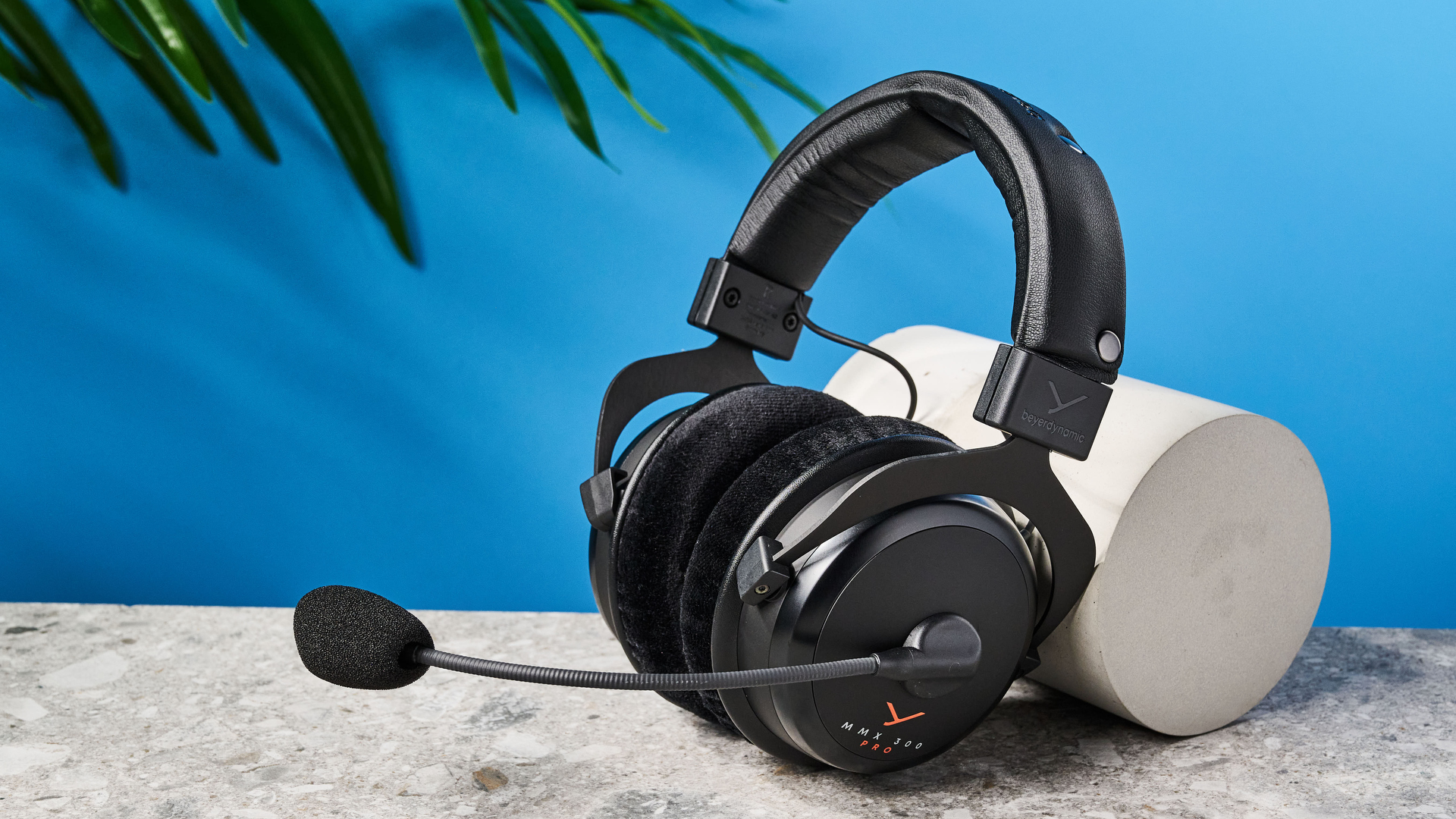
The MMX 300 Pro boasts a durable, straightforward build that looks great. An adjustable aluminum slider keeps the build feeling sturdy, far surpassing the relatively flimsy plastic seen in headsets like the Turtle Beach Atlas Air. It has a pragmatic design without any unnecessary flair, although the separate 3.5mm jacks for the headphone and microphone components are a nice touch for PC users. These allow you to utilize the audio ports in the motherboard, or alternatively, make the most out of a dedicated DAC. The headset also comes with a ‘console adapter’ which allows you to plug the headset into just one aux port instead, at no real loss to quality.
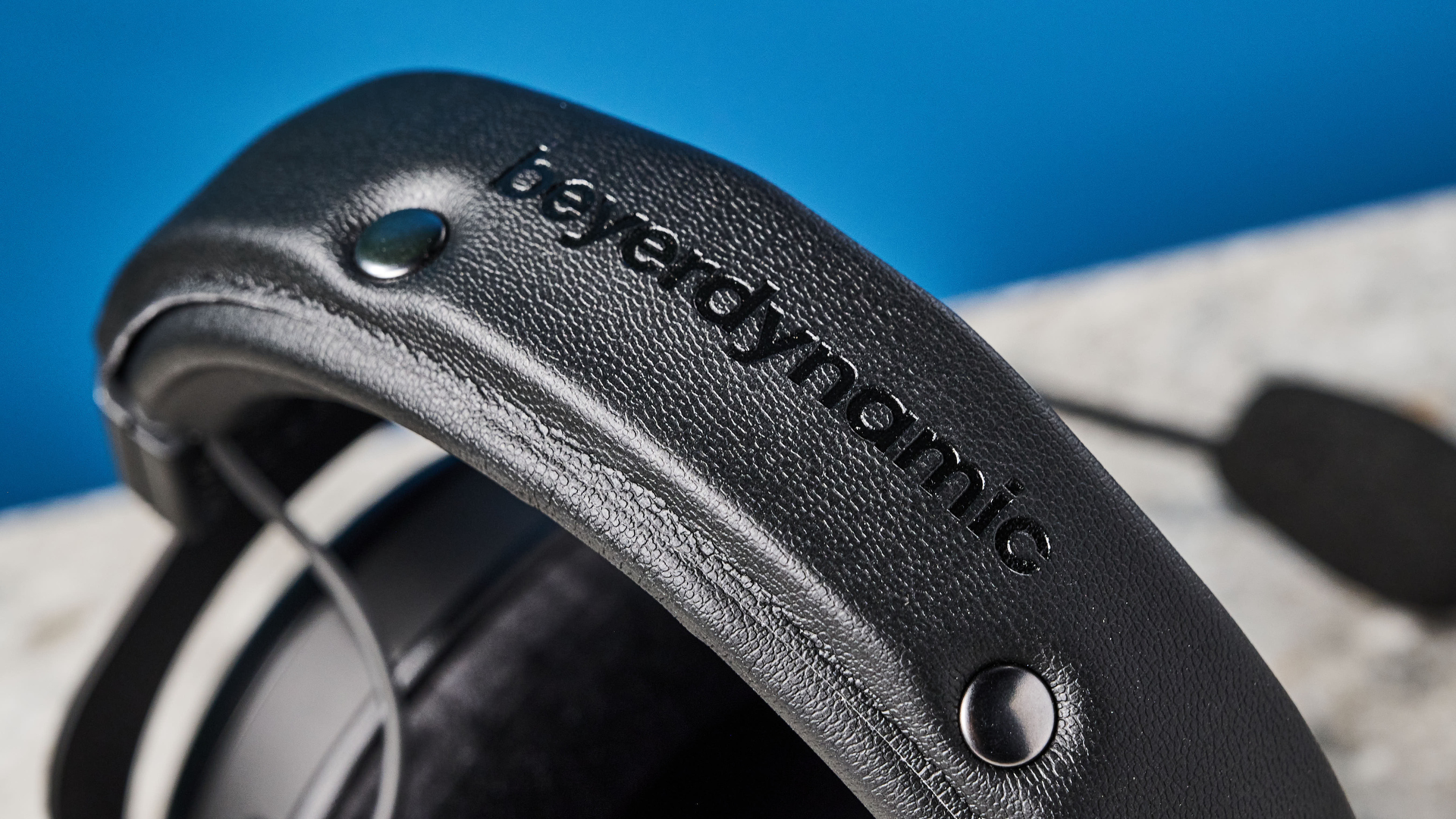
A light weight of 11 ounces increases the comfort and combined with a solid clamping force, the fit is secure and never uncomfortable as my ears are cushioned by the silky and soft velour earpads. The removable headband cover is almost as soft as the earpads, and there is enough tension in the aluminum headband to keep the headset firmly on my head and assist with the headset’s noise isolation.
Appearance
The visuals that you’re after in a headset will obviously be subjective, but in my view the timeless look of the headset blows the more garish, ‘gamer’ visuals like the HyperX Cloud Alpha out of the water. The plain black finish looks very similar to any other pair of headphones, with nothing that makes it stand out specifically as a ‘gaming’ headset. Usually (like in the case of the Cloud Alpha or the Razer Kaira Pro ($149)) an otherwise fine design is ruined by brightly coloured plastic. The Beyer logo in orange is the only standout accent on the MMX 300 Pro, but is small enough to not take away from the sleek visuals.
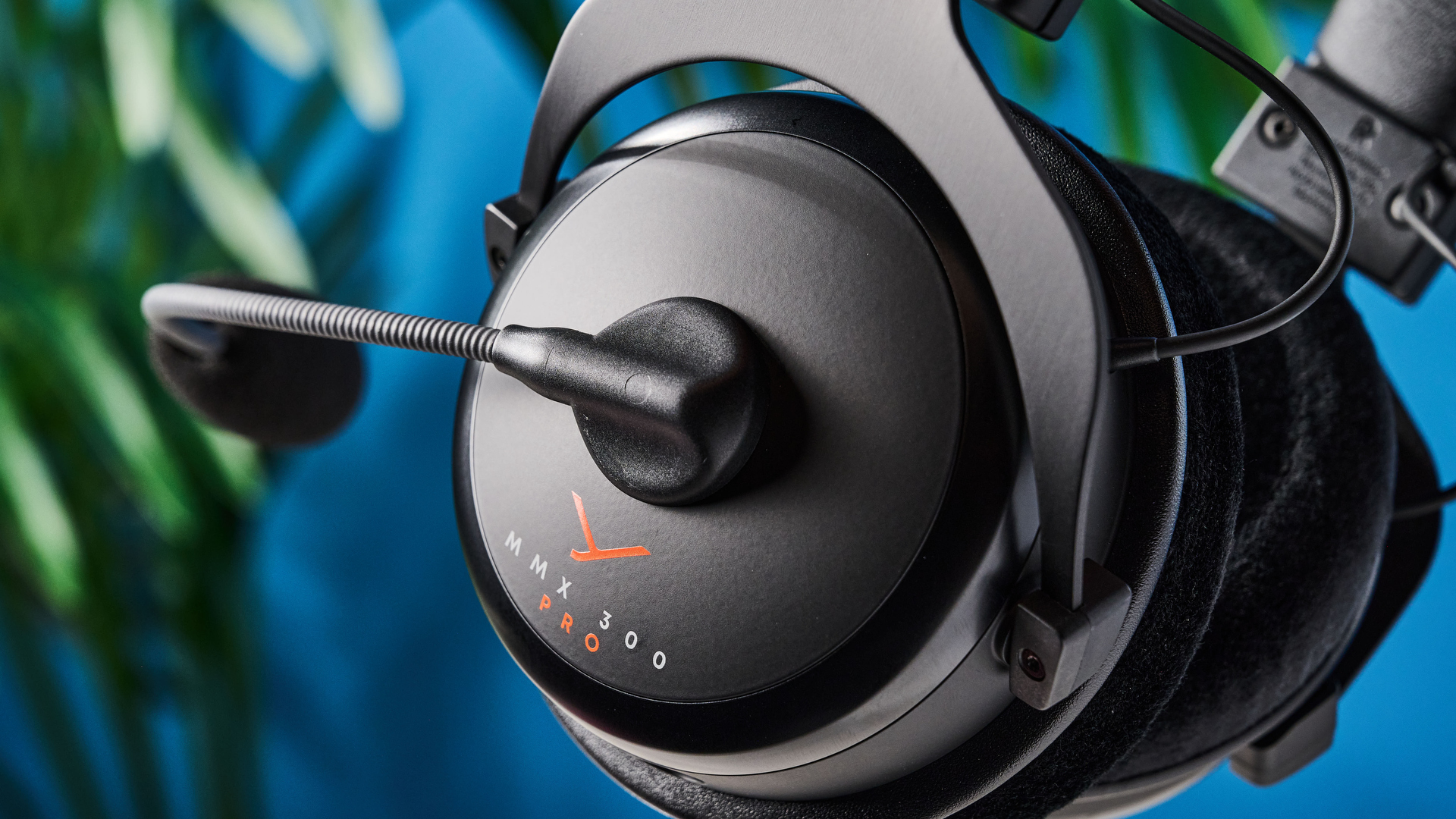
If the clean, default styling isn’t to your liking, or if you want to effectively paint over the Beyer logo, the manufacturer offers a fantastic amount of customization on their website. Here you can change the color of the plastic ring of the headphones, add a short inscription, or import a custom image or pattern for the earcups — a colorful alternative, for those who want it. Looks are subjective, but I much prefer a garish color scheme to be an optional extra rather than the style straight out of the box.
Gaming Performance
I fell in love with the headset while testing it in a few of my favorite games at the moment, namely Ace Combat 7 and Project Wingman. You can tell the audio was balanced with games in mind, with crystal clear highs remaining distinct amongst even the most chaotic of lows.
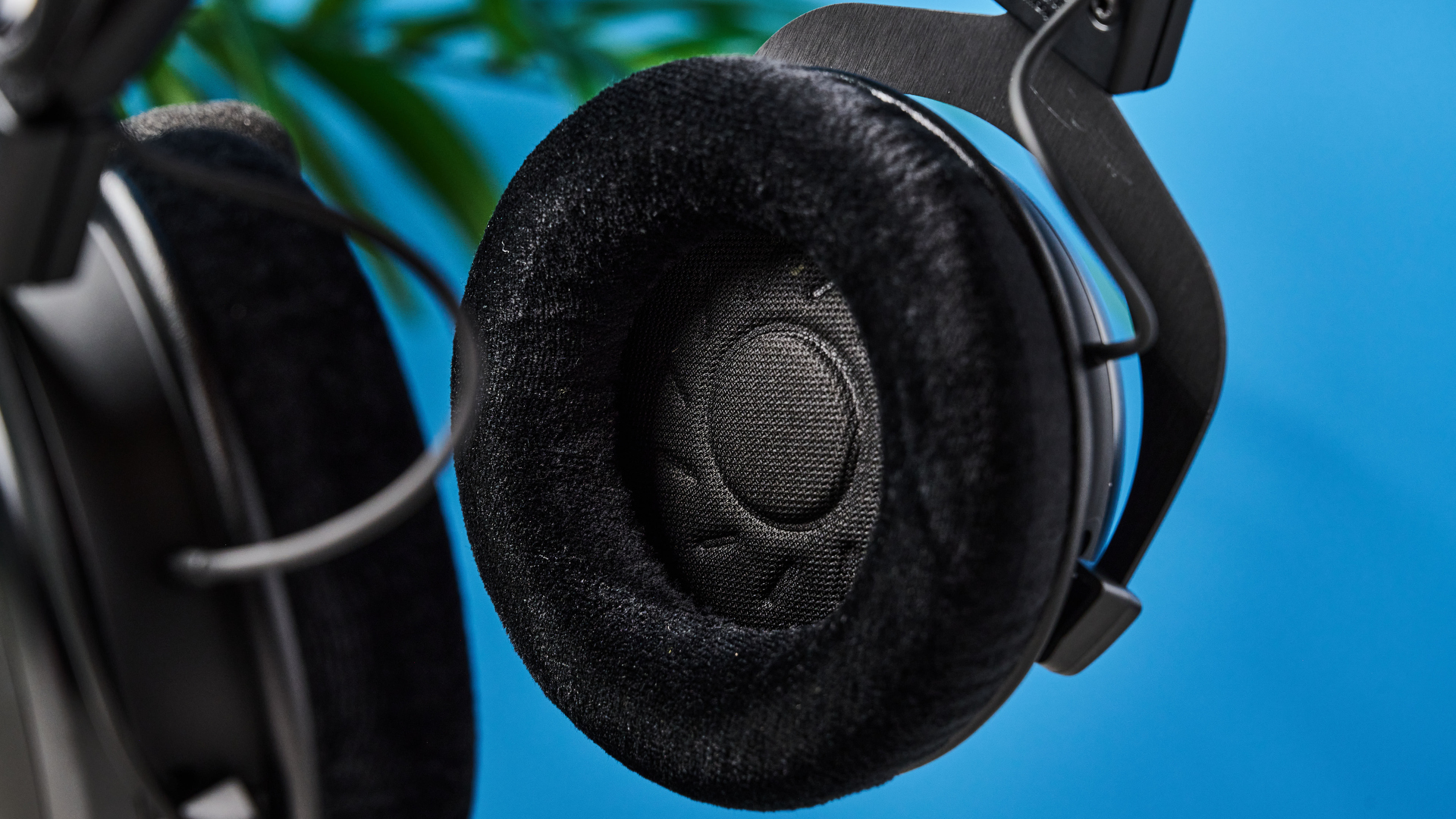
In Project Wingman, I was impressed by the mixing — the chatter in my comms did not overwhelm the alarm sounds of incoming missiles. Each element I was able to track sounded their best with the MX 300 Pro, and the same was the case for AC7 — I don’t want to spoil anything about the game, but the climactic audio-visual moment in the campaign in the final level sounded as good as I’ve ever heard, with a beautiful mix of music and SFX which shone with the MMX 300 Pro.
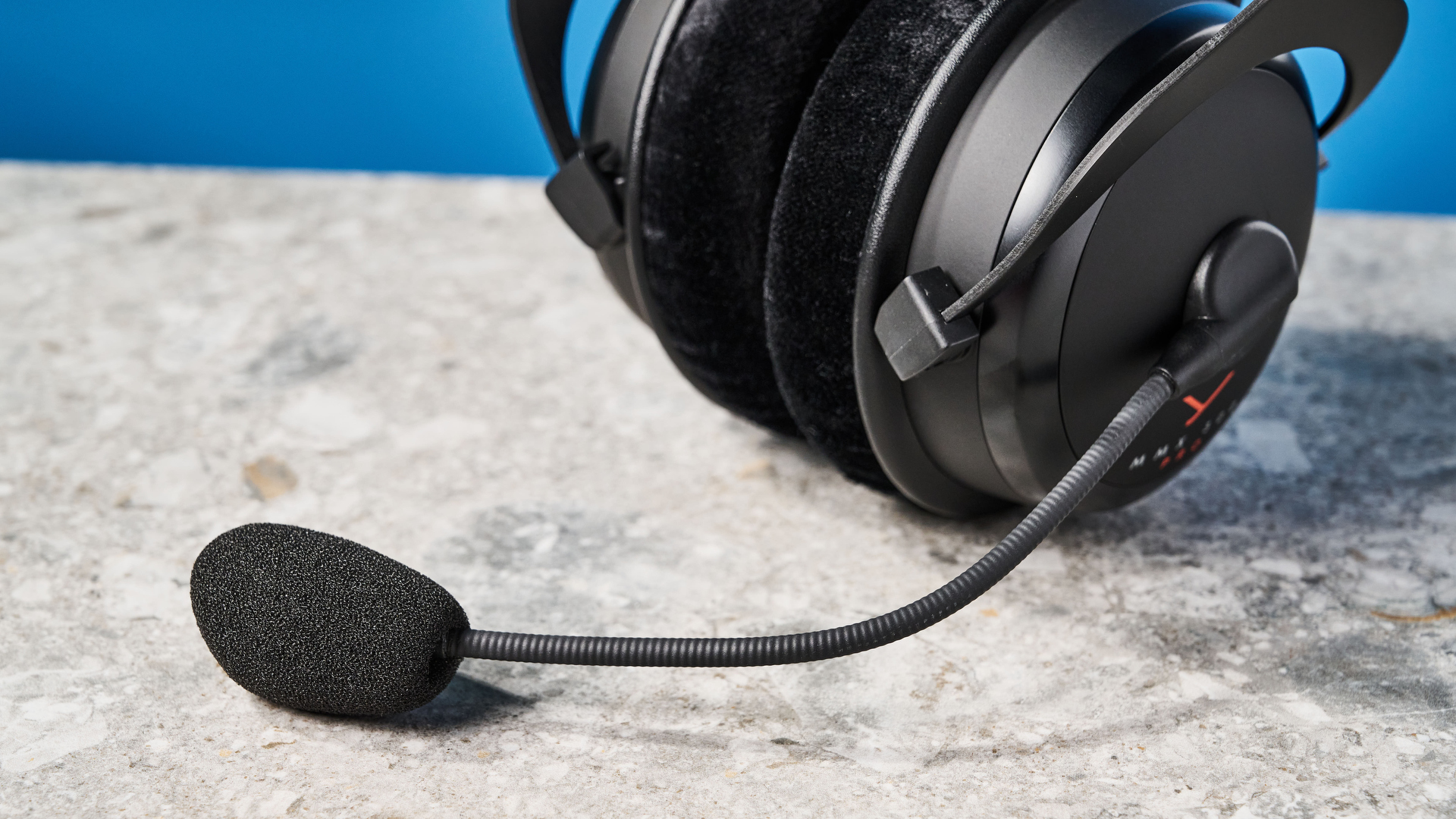
Competitively, the MMX 300 Pro holds up very well. While the directional audio for incoming missiles was helpful, I was blown away by just how accurate the audio was when playing Counter Strike 2 — I found myself noticing small sounds from further away than I usually would, and was often able to give reliable information to my teammates about the location of enemies. The noise isolation worked well enough to block out distracting background noises.
Music Performance
While not strictly an audiophile pair of headphones, the music performance on the MMX Pro 300 is nothing to sneer at. The headset uses the same ‘STELLAR.45’ driver that can be found on audiophile headphones from Beyedynamic like the DT 900 Pro X ($239), and it performed well for many of my favorite tracks.
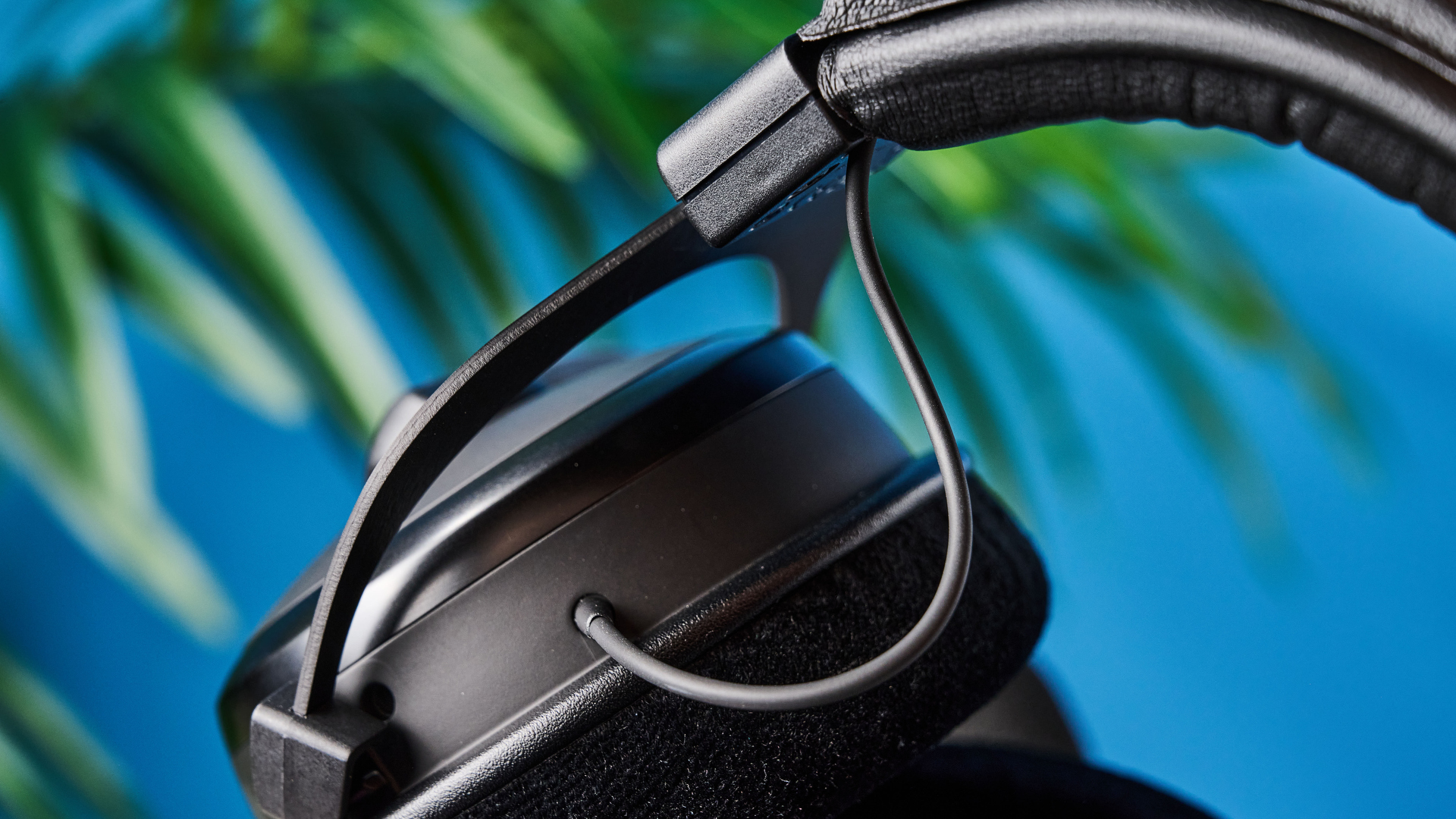
In a one on one comparison to my usual go-to pair, the open-backed Sennheiser HD 560S ($199), I found a lot to like about the performance of the MMX 300 Pro. Listening to Charli xcx’s ‘Brat’ exemplified the rich texture of the bass on the heavier tracks. The bass is not as punchy as the HD 560S, but the level of detail is amazing to hear. The highs were also great for more acoustic performances, with the detail making the subtle twangs of a guitar on Adrianne Lenker’s ‘songs’ sound especially beautiful.
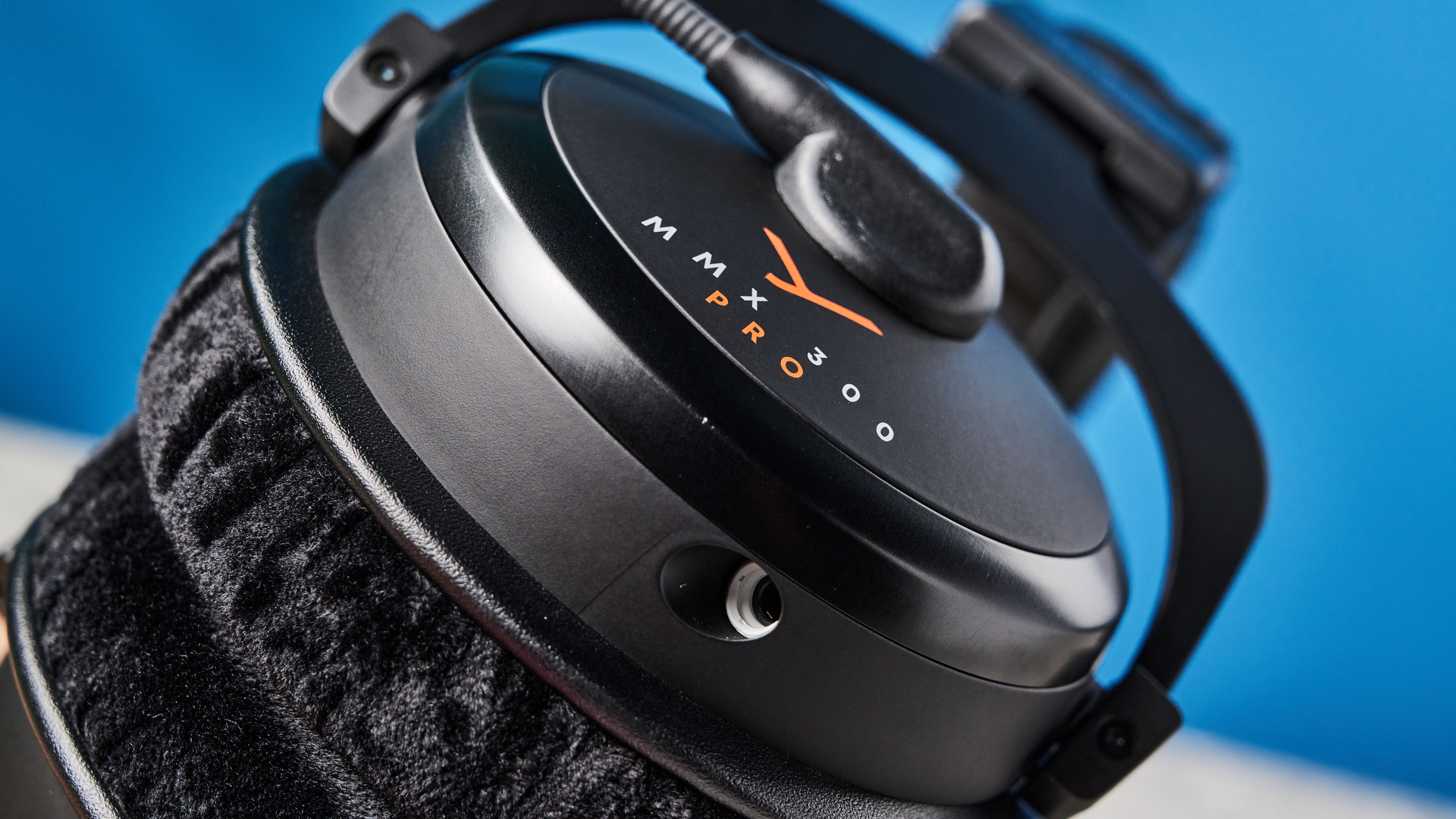
At $250, the MMX 300 Pro faces stiff competition from the Audeze Maxwell, a headset that boasts top-tier sound quality on top of being completely wireless. Despite its impressive frequency range of 5hz - 40khz, the Maxwell technically beats this out with a 10hz - 50khz range. All of these options far surpass the norm of 20hz - 20khz, but the close competition at the highest level of gaming headsets might push you away from the MMX 300 Pro.
Beyerdynamic MMX 300 Pro review: The downs
The MMX 300 Pro does a lot well, but some of the problems raise an eyebrow as to whether this headset is good value for money. A disappointing microphone and underwhelming amount of features means that you might want to consider alternatives for the price.
Microphone
The highest praise I can muster for the MMX 300 Pro’s microphone is that it is above average for a headset. Far too often the microphones on headsets are an afterthought, and the MMX 300 Pro is blown out of the water by even some of the cheapest USB microphones, particularly regarding clarity. I noticed while talking with friends over Discord and communicating in-game that the microphone made my voice appear muffled, and far too bassy. It was still clearly audible, but the quality was below what I would have expected.
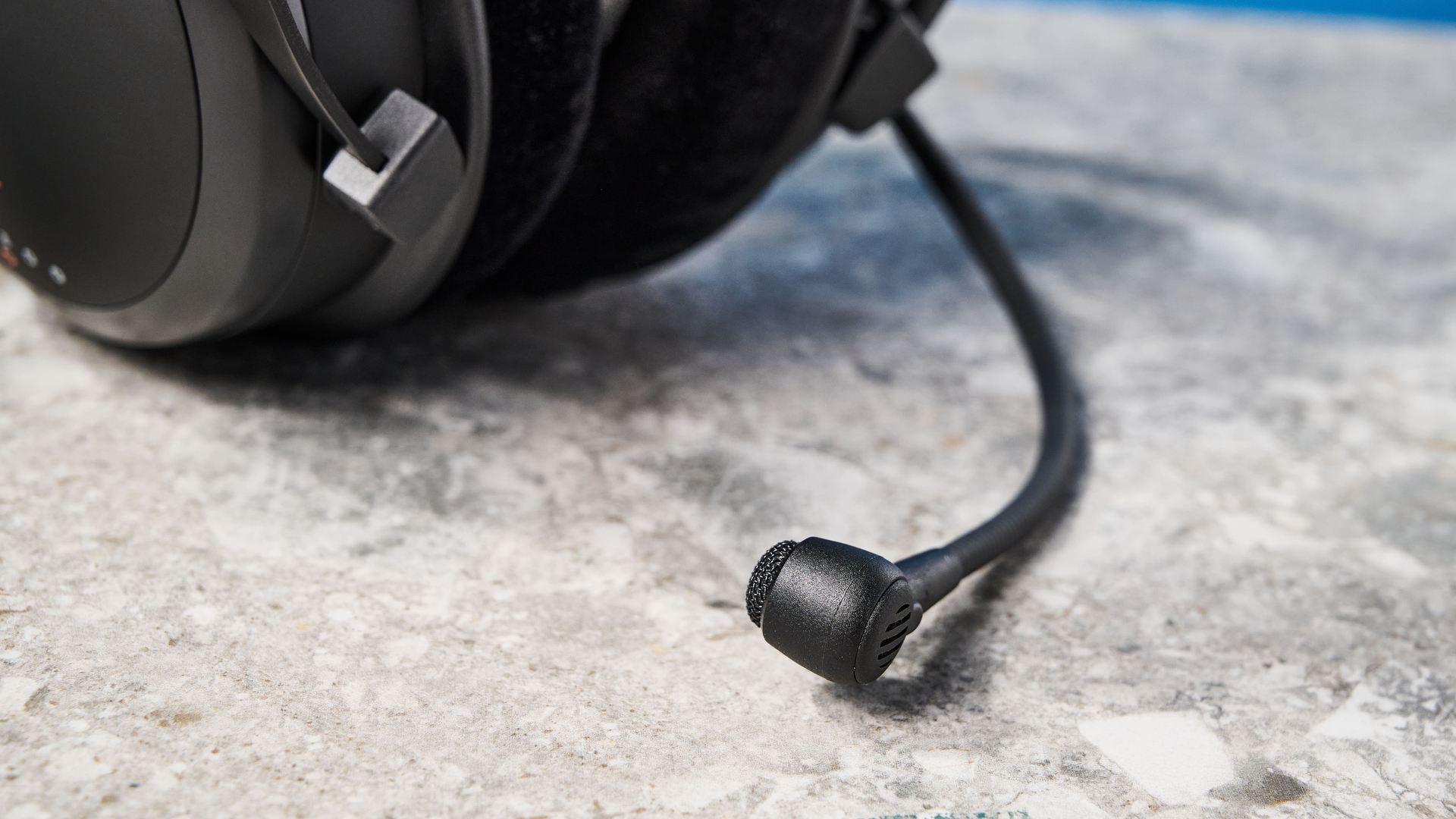
Those who are willing to sacrifice some quality for the convenience of an on-board mic will not be completely disappointed, though. The MMX 300 Pro was better than my USB HyperX SoloCast ($59) mic at avoiding picking up background noise, with its cardioid mic doing a good job at only picking up my voice. The microphone is structurally well built too, and easily adjustable thanks to a flexible-yet-sturdy gooseneck boom arm. It is also fully rotatable, but there’s unfortunately no option to remove it entirely.
Lack of Features
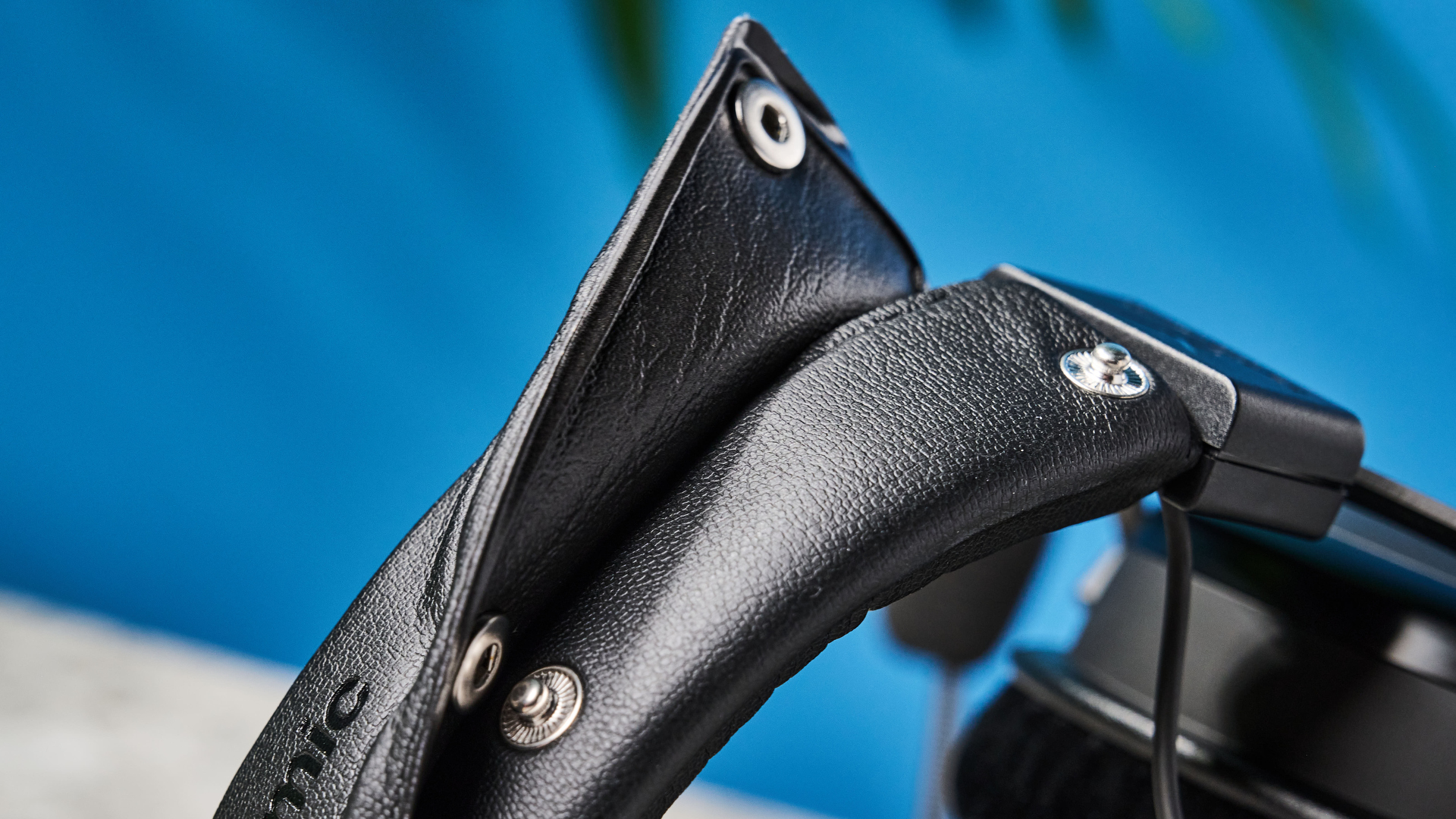
For a $250 headset, the MMX 300 Pro is a little lacking in substance, only featuring customization via your Windows settings, where an almost-required microphone boost and support for Windows Sonic is all you will find. This is one of the bigger advantages of alternative headsets like the Turtle Beach Atlas Air which fully integrates with Turtle Beach’s Swarm II companion software, allowing for multiple EQ profiles and a handful of extra features for gaming like a footstep boost. I would have really liked to see something similar on the MMX 300 Pro to justify the price.
Value
The MMX 300 Pro sits at the top of the gaming headset market, available for $299. Despite the quality on offer, I would have liked to see something to help the MMX 300 Pro stand out from the other great options this price affords you, particularly keeping in mind the fact that the MMX 300 Pro is wired only. The Audieze Maxwell offers comparable, if not better, performance for cheaper, and with the massive bonus of wireless support. The similarly wireless Sony Inzone H9 ($299) also offers some neat extra features, like onboard button controls and integration with the PS5 for easy sound adjustments and Discord access.
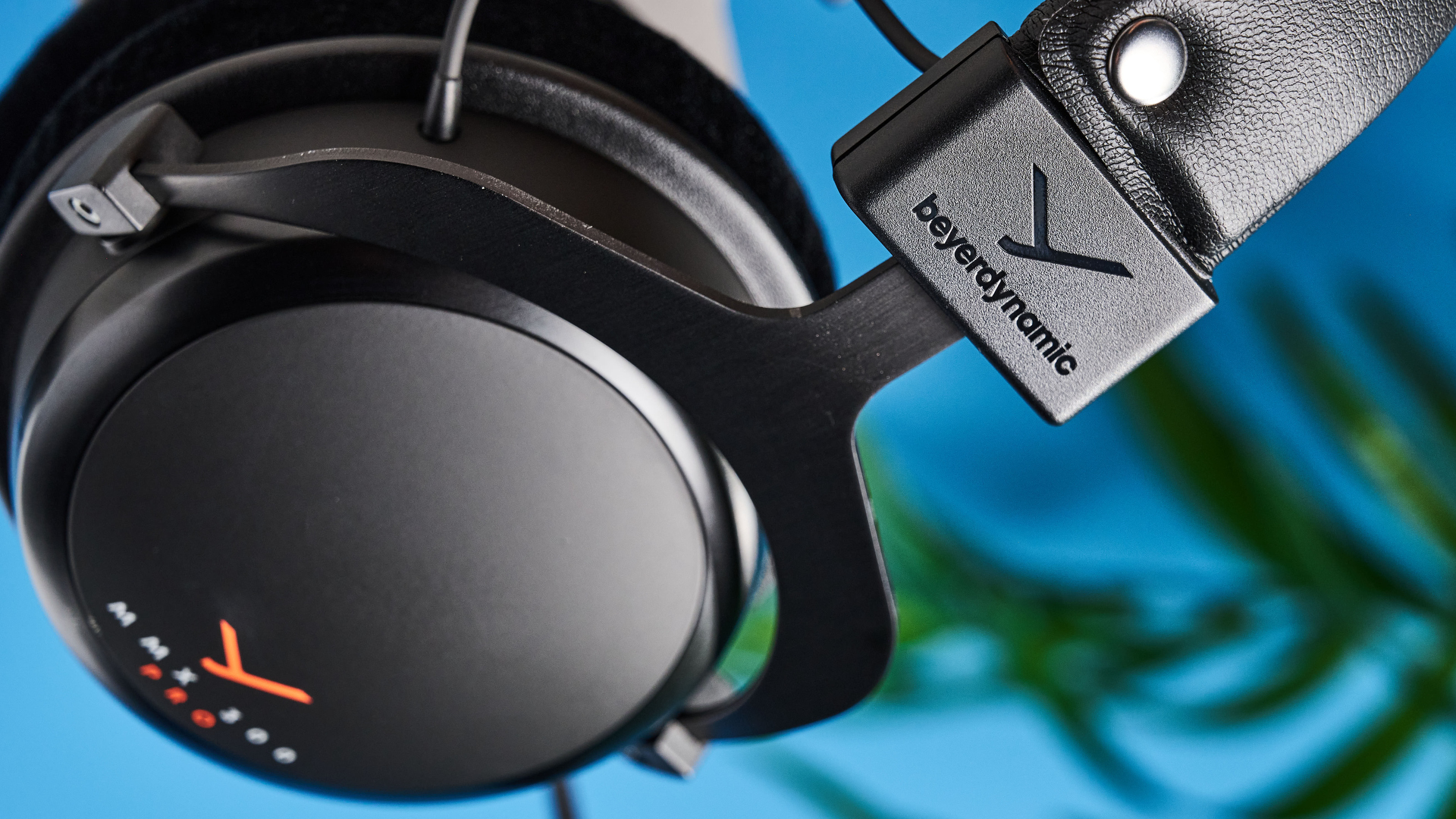
Like many other headsets, those looking for the very best headphones may find themselves making unnecessary sacrifices for an onboard microphone. Those looking for anything beyond a casual microphone for a few calls or in-game chat might want to opt for a separate mic and headphone set up — buying the DT 900 Pro X and the HyperX SoloCast costs less than the MMX 300 Pro, and provides arguably improved performance (albeit over two different units).
Beyerdynamic MMX 300 Pro review: Verdict
The MMX 300 Pro has the honor of being one of the best pairs of headphones I have used, on top of being a stellar gaming experience — it's very rare to have a headset perform so well across such a wide range of specialities. It is quickly becoming my go-to for competitive games and doubles nicely for music during down time, in a way that other headsets struggle to compare with.
It’s held back from being a near perfect headset by a feeling that it could have been more — the lack of any dedicated software to adjust the game-orientated audio and the wired only connection makes it feel like you're paying a lot of money for something that isn’t a complete package.
Also, don’t go buying your own MMX 300 Pro thinking the price means that you'll get a premium microphone — while certainly not bad, the mic is definitely lacking for a headset of this price. I will continue using my MMX 300 Pro, but I won’t stop wishing it had just a little bit more going for it to make it as amazing as it could be.

Eve is a Staff Writer on the Reviews team at Tom’s Guide. Her expertise centers around computing, and she loves testing out the very best high performance peripherals to help you make the right choice. With her experience working in IT and a love for gaming, she has an eye for function and efficiency— this is reflected in the time spent building and customizing her own desktop PCs. In her downtime, Eve is always on the lookout for new tech to give her a competitive edge in the latest games, or a boost in her daily productivity.

